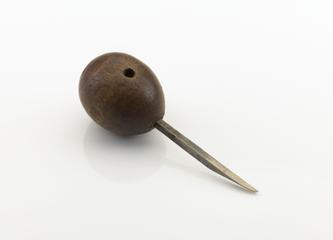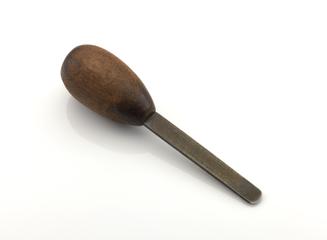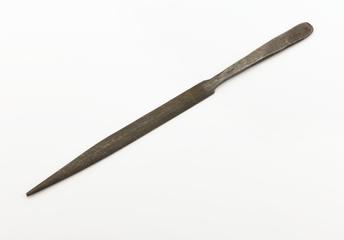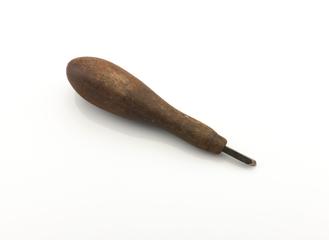
Smith & Coventry Capstan Lathe
- Made:
- circa 1890 in Manchester
- maker:
- Smith and Coventry Limited

Capstan lathe, made by Smith & Coventry Ltd, Manchester, c.1890.
This is a specialist lathe sometimes known as a ‘brass finishing lathe’. It was used to cut threads into brass items that were already shaped, such as kitchen taps. Gears were used to adjust the size of thread being cut. Unusually, this lathe has a chain-drive running through the bed to move the saddle and tool post. Most lathes of this period used a lead screw, and the operator moved the saddle along the screw by turning a handle. This Smith and Coventry lathe features a multi-sided tool-holder known as a ‘capstan’ . It holds several cutting tools to enable the operator to change tool without stopping the machine. American engineer Steven Fitch invented the multiple tool holder in 1845, where it was known as a ‘turret’.
Details
- Category:
- Hand and Machine Tools
- Object Number:
- Y2002.4
- Materials:
- cast iron and metal (unknown)
- Measurements:
-
overall: 1740 mm x 1050 mm x 1810 mm,
- type:
- lathe




